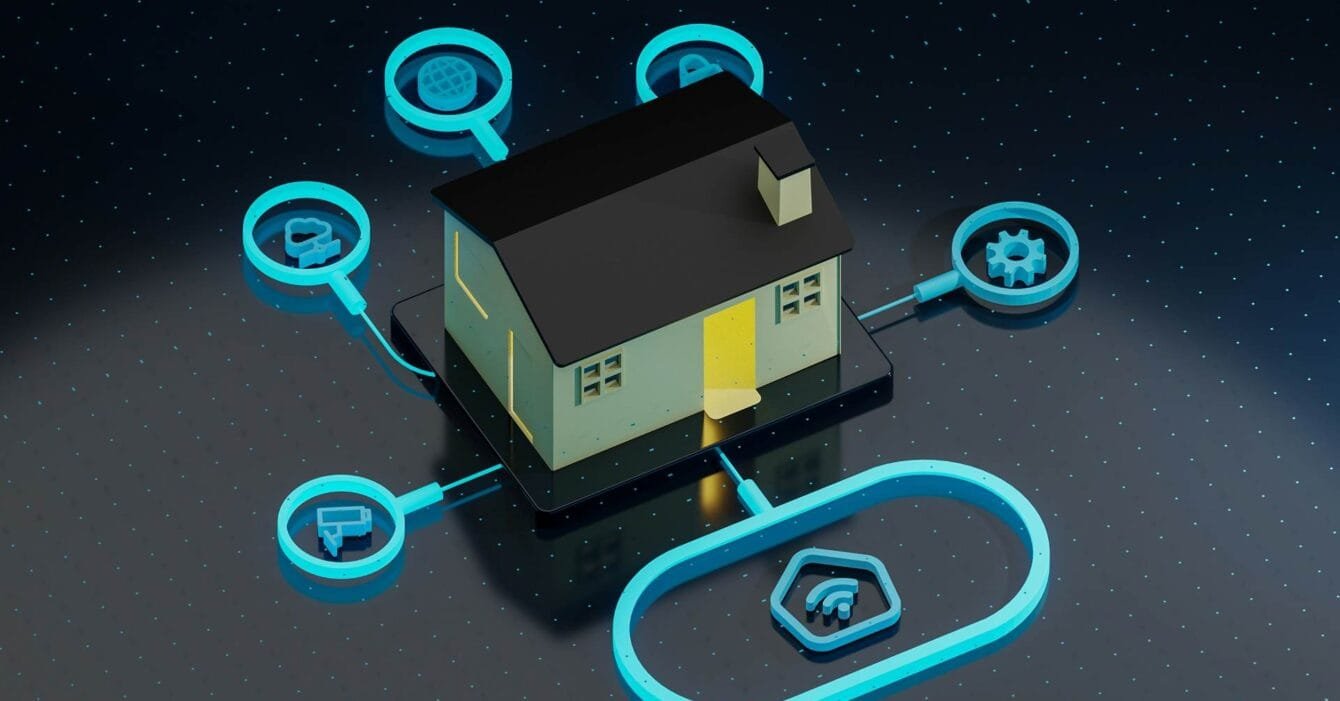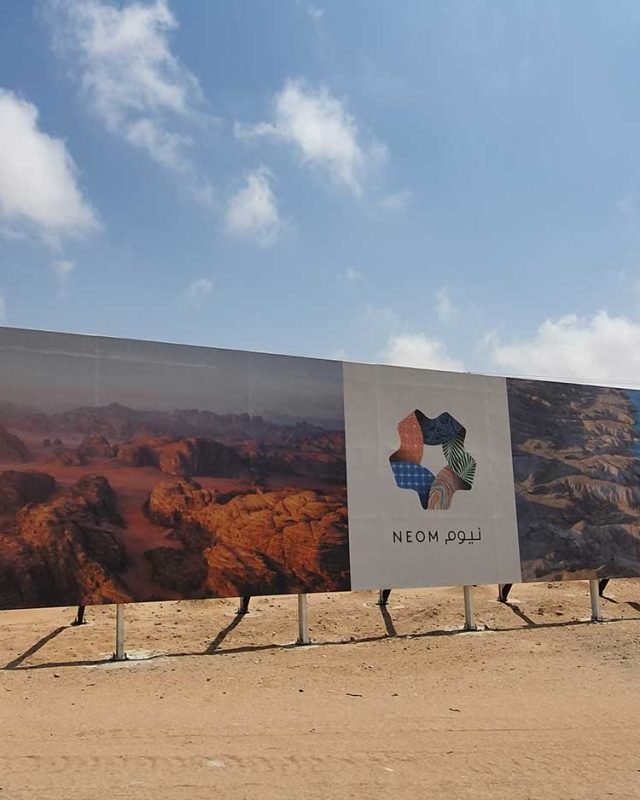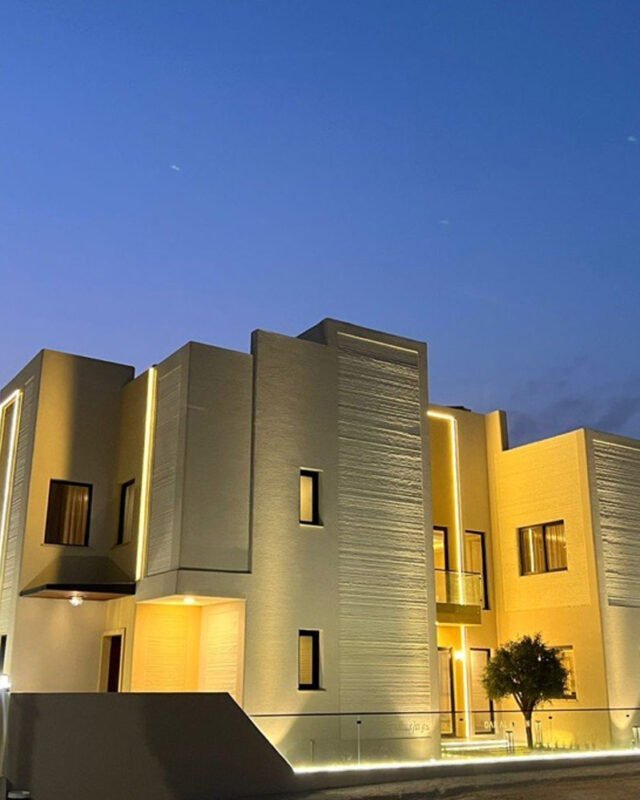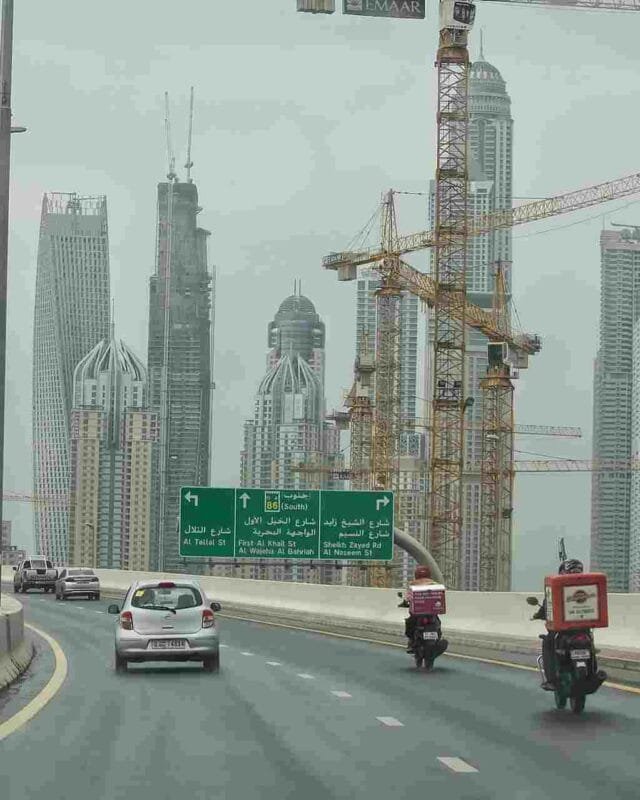Overview
As Saudi Arabia pushes forward with its ambitious Vision 2030 initiative, the construction industry is witnessing a shift toward smart buildings—structures that integrate advanced technologies to improve energy efficiency, automation, and sustainability. These innovations are reshaping how buildings are designed, constructed, and operated, aligning with the country’s broader goals of sustainability and environmental responsibility. From automated systems to energy-efficient designs, smart buildings offer a glimpse into the future of sustainable urban development in Saudi Arabia.
The Role of Automation Systems in Smart Buildings
One of the core features of smart buildings is the integration of automation systems that allow for real-time monitoring and control of building operations. Automation technologies, such as Building Management Systems (BMS), are designed to streamline the operation of a building’s electrical, mechanical, and security systems. Through IoT (Internet of Things) devices and sensors, these systems can automatically adjust lighting, heating, ventilation, and air conditioning (HVAC) based on occupancy, weather conditions, and time of day.
For example, smart lighting systems in commercial buildings in Riyadh can dim or brighten lights based on the presence of people in the room, optimizing energy usage and reducing operational costs. Similarly, automated HVAC systems can adjust room temperatures depending on outdoor weather conditions, improving comfort levels while reducing energy consumption. These automation technologies not only enhance the efficiency of building operations but also contribute to significant cost savings over time.
Energy Efficiency: A Key Driver of Smart Buildings
Energy efficiency is at the heart of the smart buildings revolution. In a region like Saudi Arabia, where extreme temperatures often drive up energy consumption, reducing energy use is a priority. Smart buildings incorporate energy-efficient designs and technologies to minimize their carbon footprint and reduce reliance on non-renewable energy sources.
Many new smart buildings in Saudi Arabia are being constructed with energy-efficient materials and designs, such as high-performance insulation, double-glazed windows, and reflective roofs that reduce heat absorption. Additionally, renewable energy sources like solar panels are increasingly being integrated into building designs to supplement energy needs and reduce dependence on the grid. Energy-efficient lighting, such as LED bulbs, also plays a crucial role in reducing electricity consumption.
Smart buildings are equipped with advanced energy monitoring systems that track energy usage in real-time. By collecting and analyzing data on energy consumption, building operators can identify inefficiencies and make adjustments to optimize energy use. This proactive approach not only reduces energy bills but also helps meet the sustainability goals outlined in Saudi Arabia’s Vision 2030 plan.
Sustainability Initiatives in Smart Building Construction
Sustainability is a central component of smart buildings in Saudi Arabia, where the construction industry is undergoing a green transformation. The growing demand for eco-friendly buildings is driving the adoption of sustainable materials and construction practices that reduce environmental impact. Sustainable building designs focus on minimizing resource consumption, promoting recycling, and reducing waste during construction and operation.
In Saudi Arabia, smart buildings are increasingly designed to achieve LEED (Leadership in Energy and Environmental Design) certification, a globally recognized standard for green building practices. This certification encourages the use of sustainable materials, such as recycled steel and concrete, as well as the incorporation of water conservation systems like greywater recycling and rainwater harvesting. These initiatives contribute to reducing the overall environmental footprint of the construction process.
Incorporating smart water management systems is another sustainability initiative in smart buildings. These systems monitor water consumption and detect leaks, ensuring that water resources are used efficiently. By implementing these systems, buildings can significantly reduce water waste—a key consideration in a country with limited freshwater resources like Saudi Arabia.
The Future of Smart Buildings in Saudi Arabia
As the Saudi construction industry continues to innovate, smart buildings will play an increasingly important role in the country’s urban development. With their focus on automation, energy efficiency, and sustainability, smart buildings align perfectly with Saudi Arabia’s Vision 2030 goals of creating more sustainable, resilient cities. The integration of cutting-edge technologies in construction will not only enhance the quality of life for residents but also help the country reduce its environmental impact and meet global sustainability standards.
The adoption of smart buildings in Saudi Arabia is still in its early stages, but as more companies recognize the long-term benefits of these technologies, their implementation will accelerate. The potential for smart buildings to optimize energy use, lower operational costs, and reduce environmental impact makes them an essential component of the future construction landscape in Saudi Arabia.



